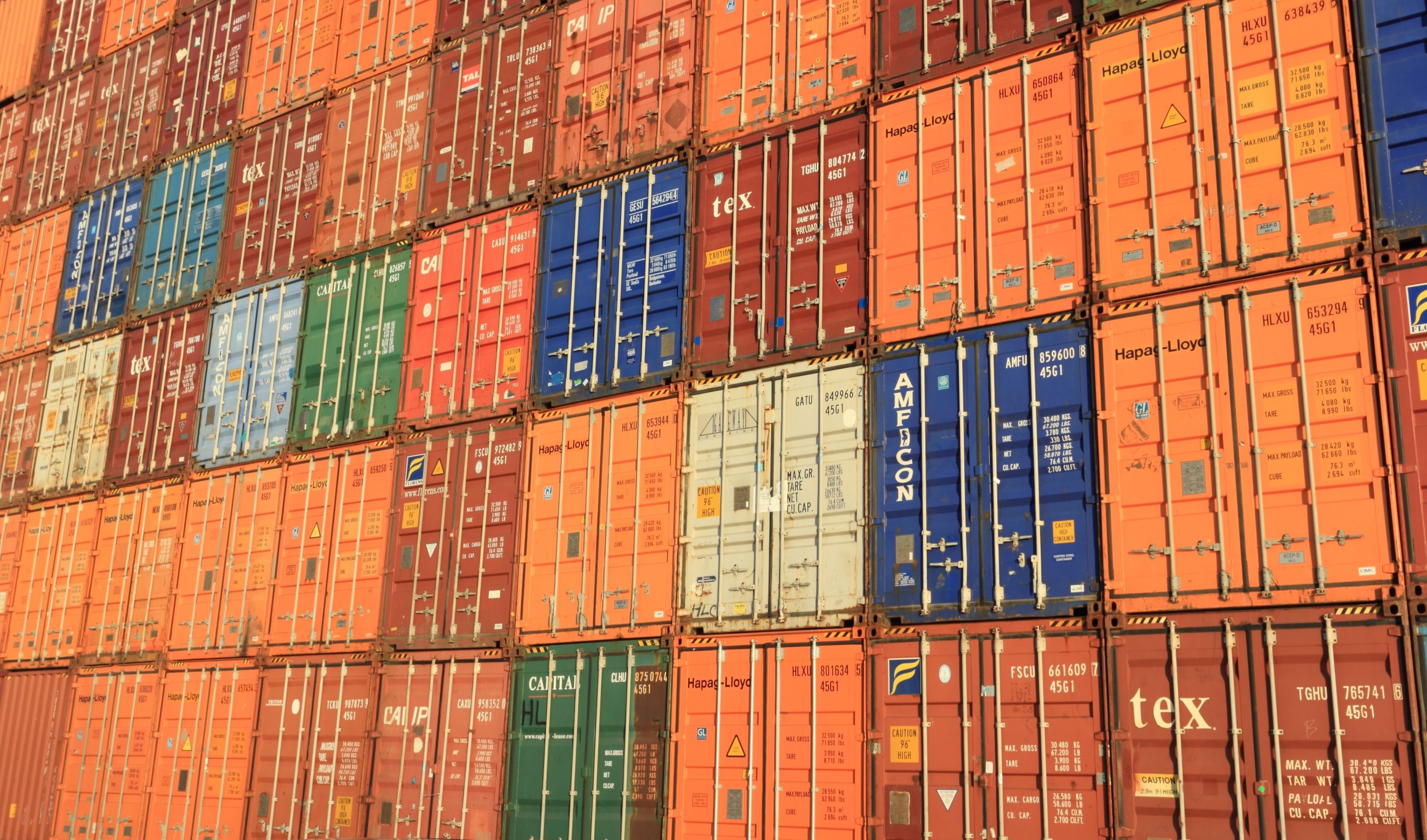When your business involves shipping goods around Europe, you have a number of important decisions to make. As well as choosing the best logistics service for your needs, you need to work out which shipping container is right for your cargo. Not all shipping containers are created equal. Some are designed for specific types of goods. Others are more general. But whether you’re shipping by road, rail, or sea, to ensure that your freight receives the maximum protection, it’s important that you choose the right shipping container.
The Different Types of Shipping Container and How to Use Them
General shipping container
These are the most commonly used shipping containers. You can find them in a variety of sizes, allowing you to match your container to the volume of goods you’re shipping. And they provide a safe environment for a wide range of goods. Also known as ‘dry containers’, general shipping containers are designed to keep moisture out. So, they work well for road, sea, and rail transportation.
High cube container
For businesses that need to ship slightly oversized items, or a very high volume of goods, high cube containers are a good option. They are only about 30cm taller than a general shipping container. And they share all other basic features. But if you need to ship a large load, but not large enough to necessitate two general shipping containers, the high cube container may be the best choice for you.
Double door container
Double door containers can also be useful when you’re shipping larger sized items. With two sets of doors – one at either end – these containers make it easier for you to load and unload your goods. Especially if you need to use a forklift. In all other respects, they are like general shipping containers. So, you can be confident that your goods will stay safe and dry throughout their journey.
Flat rack container
Designed for heavy loads, flat rack containers only have a base and two sides. Twenty or forty foot long, these containers are devised to allow goods to be loaded from above or from the side. Because they are open, they obviously do not provide protection for the products. Their primary use is to enable simple carrying and un/loading. However, it is possible to find flat rack containers that you can add walls to. Collapsible models are also available for easy storage.
Refrigerated ISO container
As the name implies, refrigerated ISO containers are equipped with an integral refrigeration unit. Also known as reefer units, they require external power (reefer points) to operate the cooling system. These containers are obviously only required for time-sensitive and temperature-sensitive goods. And they can hold any temperature of between -65 °C and 40 °C.
Although this isn’t an exhaustive container list – there are half-height containers, ISO tanks, and specialist goods containers, amongst others – these are the most commonly used. You can also send smaller shipments loaded on pallets. But whichever container type is right for you, it’s important that you package your goods carefully and stack them sensibly to avoid damage in transit.
If you are looking for a UK and European freight forwarder, get in touch with Plexus Freight.


